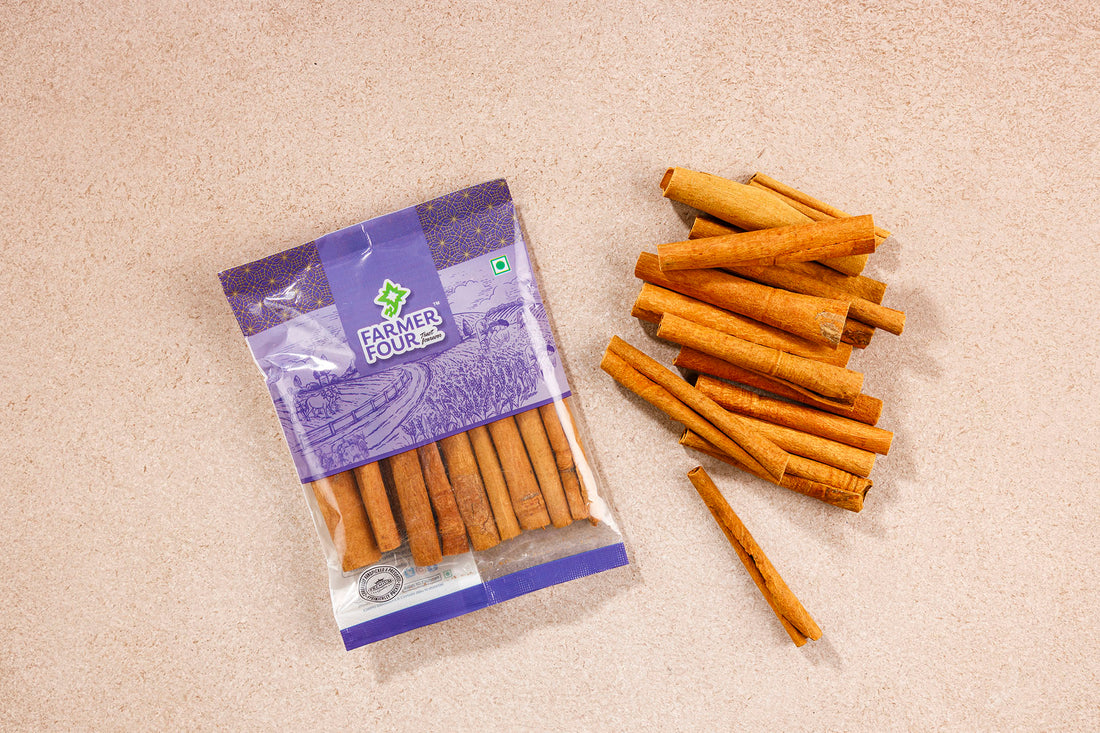In the vibrant world of Indian cuisine, spices often take center stage, but sometimes it’s the unassuming ingredients that steal the show. One such ingredient is the drumstick, known as moringa or saag in various parts of India. While not a spice in the traditional sense, drumstick leaves and pods are integral to many Indian dishes and are celebrated for their distinctive flavor and impressive nutritional profile. In this article, we’ll explore the drumstick's role in Indian cooking, its unique qualities, and its myriad health benefits.
What is Drumstick?
Drumstick refers to the long, green pods of the Moringa oleifera tree, a plant native to the Indian subcontinent. This tree is often called the "miracle tree" due to its numerous health benefits and versatile culinary uses. The pods, known as drumsticks due to their shape, and the tree’s leaves are commonly used in various Indian recipes.
Culinary Uses of Drumstick
1. Drumstick Pods
Flavor Profile: Drumstick pods have a mild, slightly nutty flavor with a hint of earthiness. When cooked, they become tender and add a subtle, unique taste to dishes.
Common Dishes:
- Sambar: Perhaps the most famous dish featuring drumstick pods, sambar is a South Indian lentil stew that combines tamarind, spices, and vegetables. The drumsticks are a key ingredient, adding texture and flavor.
- Kurma: This is a type of South Indian curry where drumsticks are simmered in a spiced coconut-based sauce, offering a rich and satisfying meal.
- Stews and Soups: Drumsticks can be added to various stews and soups for a nutritional boost and to impart their distinct taste.
2. Drumstick Leaves
Flavor Profile: Drumstick leaves have a slightly bitter taste, which becomes more subdued when cooked. They are often compared to spinach but with a more robust flavor.
Common Dishes:
- Drumstick Leaf Curry: In this dish, drumstick leaves are cooked with spices, tomatoes, and sometimes lentils to create a nutritious and flavorful curry.
- Drumstick Leaf Dal: These leaves are often added to dal (lentil soup) for added nutrition and a subtle, earthy flavor.
- Pesto and Salads: Fresh drumstick leaves can be used in salads or blended into a pesto-like sauce for a unique twist on traditional recipes.
Nutritional Benefits of Drumstick
Drumsticks are not just flavorful; they are also packed with nutrients. Both the pods and leaves are rich in essential vitamins and minerals.
1. Rich in Vitamins and Minerals:
- Vitamin A: Essential for vision and immune function.
- Vitamin C: Known for its antioxidant properties and role in collagen synthesis.
- Calcium: Vital for bone health.
- Iron: Important for blood health and energy levels.
- Potassium: Helps maintain proper heart and muscle function.
2. Antioxidant Properties: Drumsticks are loaded with antioxidants, which help combat oxidative stress and inflammation. This makes them beneficial for overall health and can support the body’s defense against chronic diseases.
3. Protein Content: Drumstick leaves are particularly high in protein compared to other vegetables, making them a valuable addition to vegetarian and vegan diets.
4. Digestive Health: The high fiber content in drumsticks aids digestion and can help maintain a healthy gut.
Incorporating Drumsticks into Your Cooking
If you’re new to cooking with drumsticks, here are some tips to help you get started:
- Freshness Matters: When buying drumsticks, choose pods that are green and firm. Older pods may be fibrous and tough.
- Preparation: For recipes using drumstick pods, wash them thoroughly and cut them into pieces. Remove the fibrous outer layer if necessary. For leaves, wash them well and remove any tough stems.
- Cooking Tips: Drumsticks require longer cooking times compared to other vegetables. Simmer them gently to ensure they become tender without losing their flavor.
Conclusion
Drumsticks, with their unique flavor and impressive nutritional profile, are a remarkable ingredient in Indian cuisine. From their role in classic dishes like sambar and kurma to their health benefits and versatility, drumsticks offer both culinary delight and substantial nutritional value. Exploring recipes that feature drumsticks can open up a world of flavors and provide a healthy boost to your diet. Whether you’re a seasoned cook or a culinary novice, incorporating drumsticks into your meals is a flavorful way to enhance your dishes and enjoy the benefits of this extraordinary ingredient.


